A pair of small satellites are slated to improve satellite tracking and autonomy.
Georgia Tech has put another small satellite into low-Earth orbit. OrCa2b will enhance space domain awareness and improve the tracking of resident space objects (RSOs), such as debris and other satellites.
The satellite is the first of two CubeSats that will make up the Orbital Calibration 2 Mission (OrCa2a and OrCa2b), which will allow researchers to better track objects in Earth’s orbit from both the ground and from orbit. OrCa2b launched in March and OrCa2a is scheduled to lift off later this fall.
Researchers from Georgia Tech’s Space Systems Design Lab (SSDL) have been working on the 12U (20cm x 20cm x 30 cm) CubeSats since 2021 and inherited many of the same key design elements as its predecessor OrCa1, which launched in 2020.
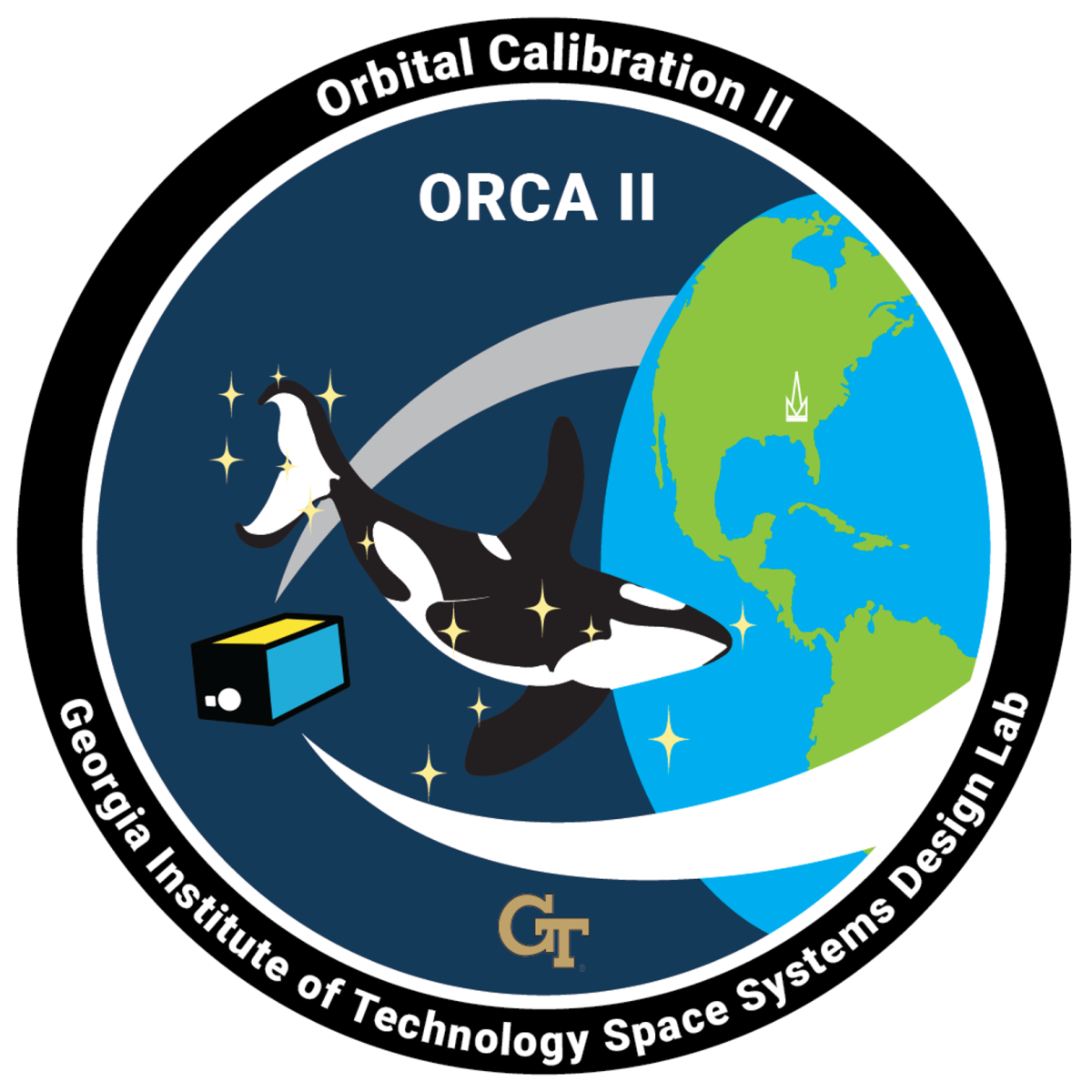
OrCa2 Mission patch
OrCa2
The twin satellites were designed, fabricated, assembled, and tested in-house using Georgia Tech and Georgia Tech Research Institute (GTRI) facilities. Both have well-characterized reflective panels covering much of its exterior, which allow researchers using Georgia Tech’s Space Object Research Telescope (GT-SORT) to track and determine its position and orientation from ground-based images.
The panels also allow for precise correction of the images for atmospheric effects by comparing the documented reflectance values with what is observed. Though similar in design, the two satellites have different capabilities. OrCa2a has a full set of avionics (power, on-board computer, communication systems, etc.) and an imaging payload. It also has a 12-megapixal camera that will serve as both a star camera for accurate attitude determination and to observe the orbits of other RSOs. That includes OrCa2b, a fully passive satellite with no electronics or power sources
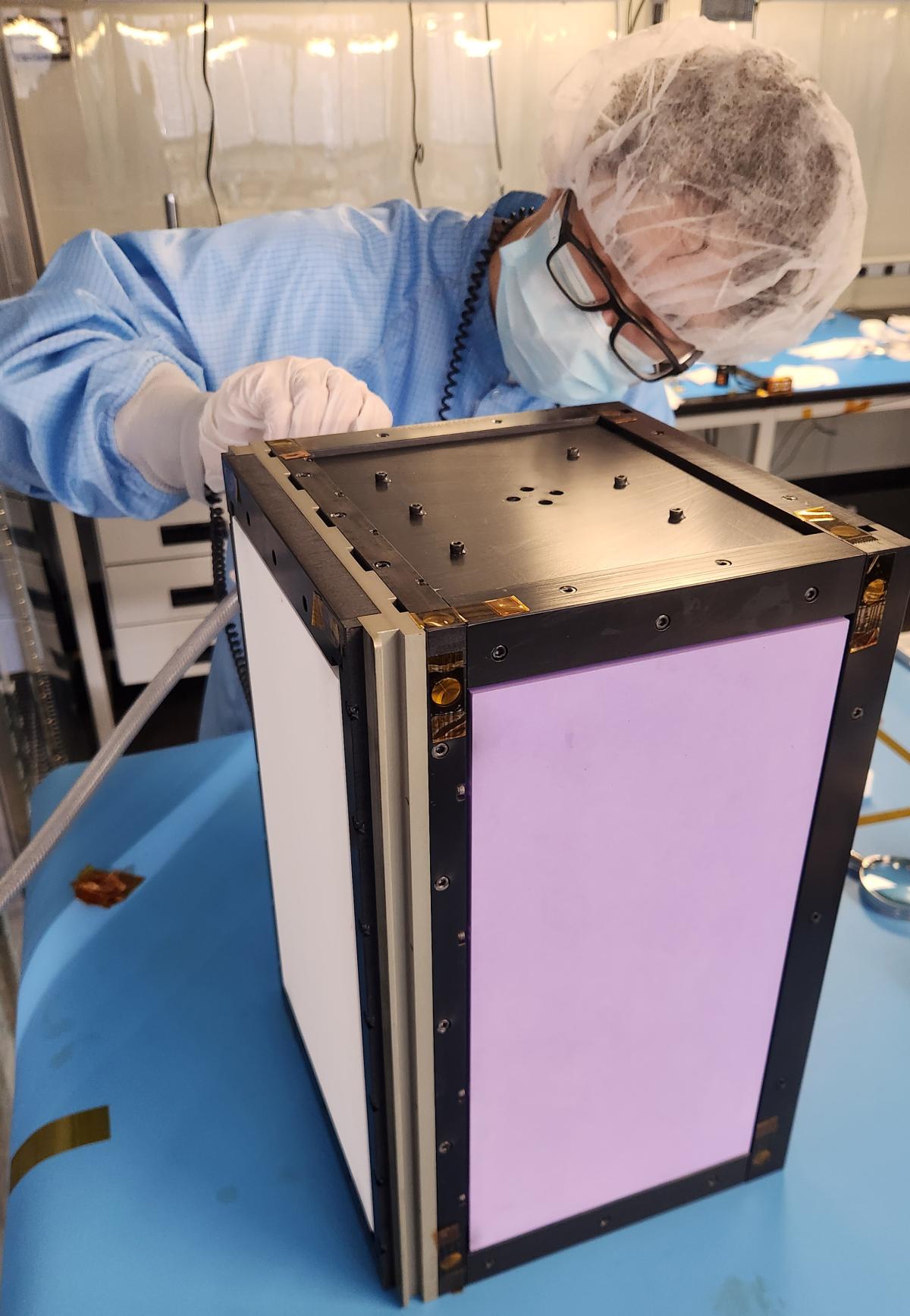
AE student Jurist Chan inspects the OrCa2a satellite in a clean room.
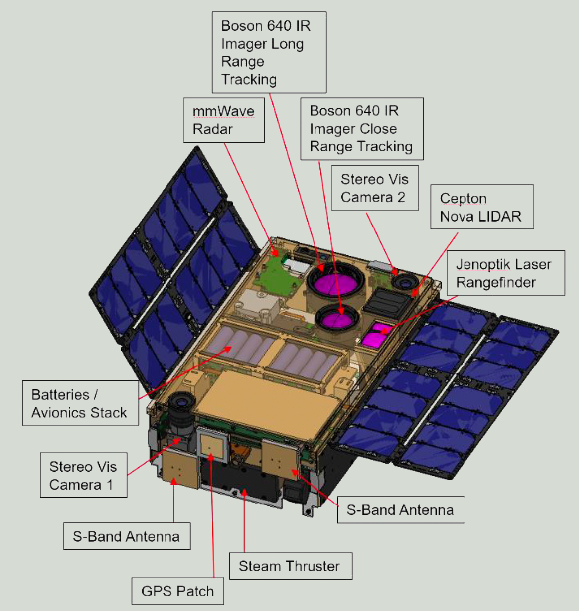
Labeled conceptual design of OrCa2a indicated key technology features.
“We’re working to improve our ability to track objects from both the ground and from space with this mission,” said Brian Gunter, a professor in the Daniel Guggenheim School of Aerospace Engineering. “Because we know the reflective properties of each satellite very well, we can use this to improve – or calibrate – the tracking images we gather on these satellites. This in turn allows us to improve our tracking of other objects that aren’t known to us, with the goal of improving the monitoring of the space object population and reducing the risk of object collisions.”
A number of experiments can be conducted with telescope measurements of OrCa2. They include pose estimation, trajectory propagations with complementary ground-based laser ranging data, multi-spectral analysis, low-light detection algorithms, and validation of atmospheric scattering models.
A March Launch With Two Georgia Tech Connections
OrCa2b launched from a SpaceX Falcon 9 rocket on March 15 from Vandenberg Space Force Base in California as a part of Transporter-13 mission.
The launch also delivered another spacecraft with ties to Georgia Tech. The Aerospace Corporation’s Aerocube satellites carried a set of autonomous detection algorithms that Gunter’s group has been working on for the past several years.
The algorithms are designed to recognize various land features in the infrared images gathered by the spacecraft, and then allow the spacecraft to maintain tracking of those features, all without intervention from ground-based controllers. The Aerocube satellites host a NVIDIA Jetson TX2 computing platform to enable more capable computer vision and image processing algorithms.
(text and background only visible when logged in)
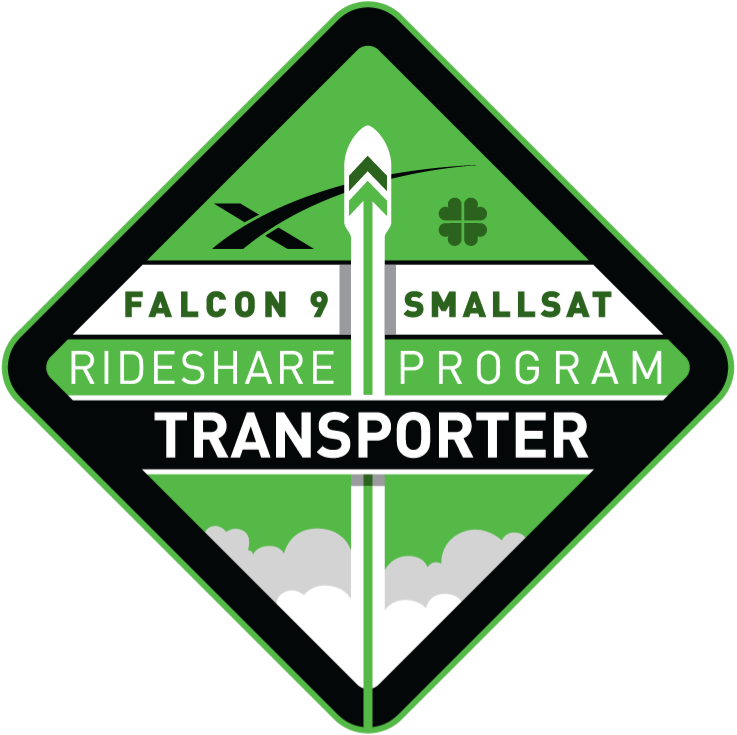
SpaceX's Transporter-13 mission patch.
AE master’s students Alex Tyler and Joseph Carragher helped develop the processing algorithms and watched the launch in person.
“The ability to perform AI, machine learning, and computer vision tasks on a CubeSat will enable a host of new applications. It also will allow much of the data and results to be produced autonomously, on orbit,” Gunter said. “We hope to continue working with partners like Aerospace Corporation to push the state-of-the-art of what small satellites can do.”
(text and background only visible when logged in)
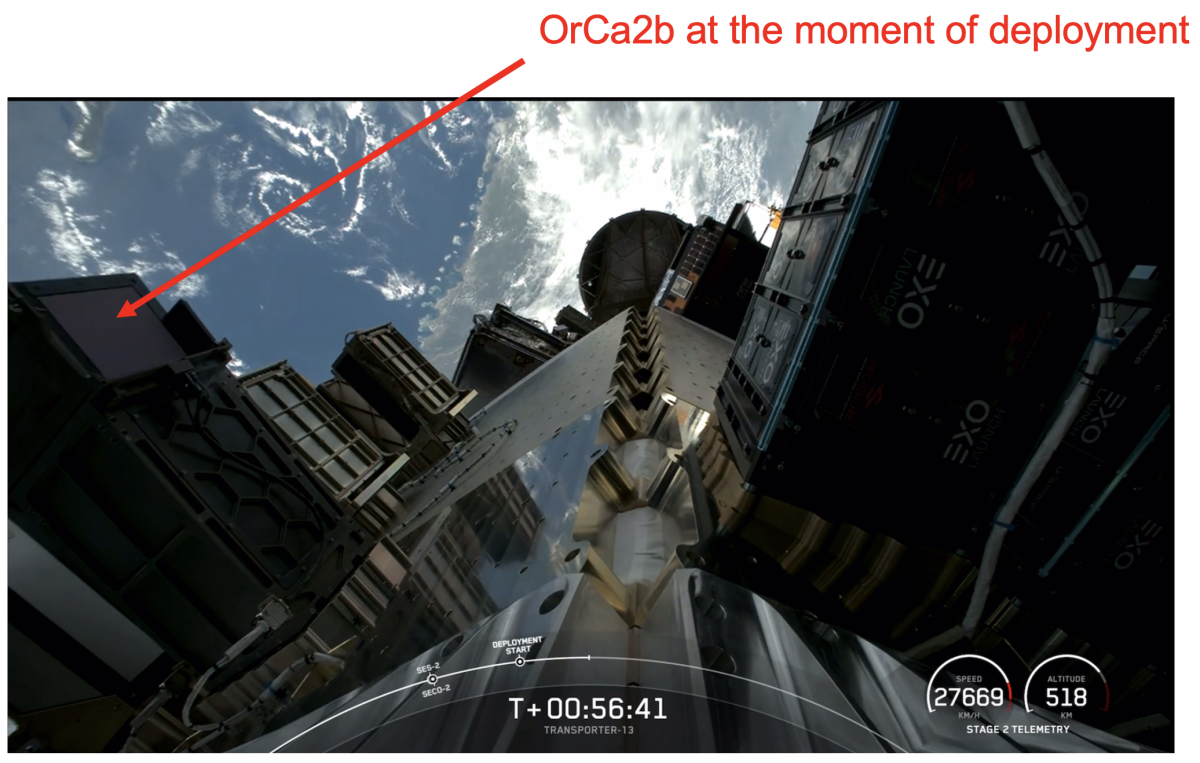
Live capture of OrCa2b getting deployed into low-Earth orbit.
(text and background only visible when logged in)
Related News:
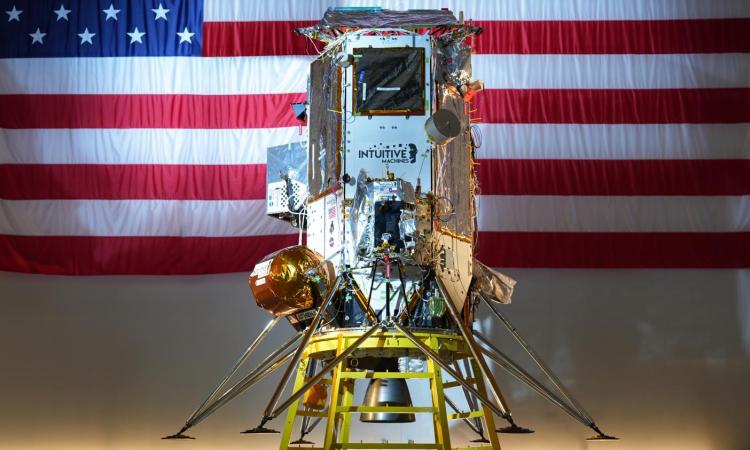
New Algorithms Developed at Georgia Tech are Lunar Bound
Georgia Tech’s Space Exploration and Analysis Laboratory (SEAL) has developed new algorithms that are headed to the Moon, as part of the Intuitive Machine’s IM-2 mission.
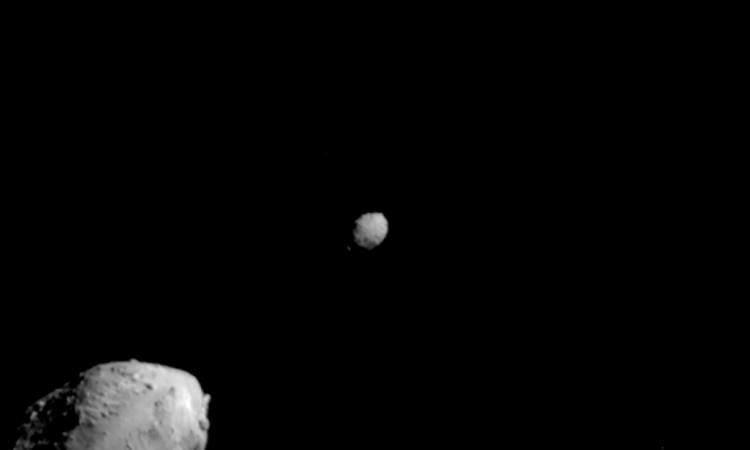
AE Professor Masatoshi Hirabayashi Studies Compelling Way to Deflect Asteroids From Earth
NASA’s Double Asteroid Redirection Test (DART), led by Johns Hopkins University’s Applied Physics Laboratory, was the first full-scale kinetic deflection mission to test how kinetic deflection could effectively push an asteroid measuring 150 meters in diameter. Professor Masatoshi Hirabayashi’s critical contribution to DART was recently published in Nature Communications and offers new methods of asteroid deflection.
